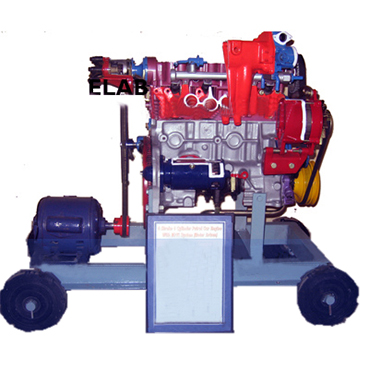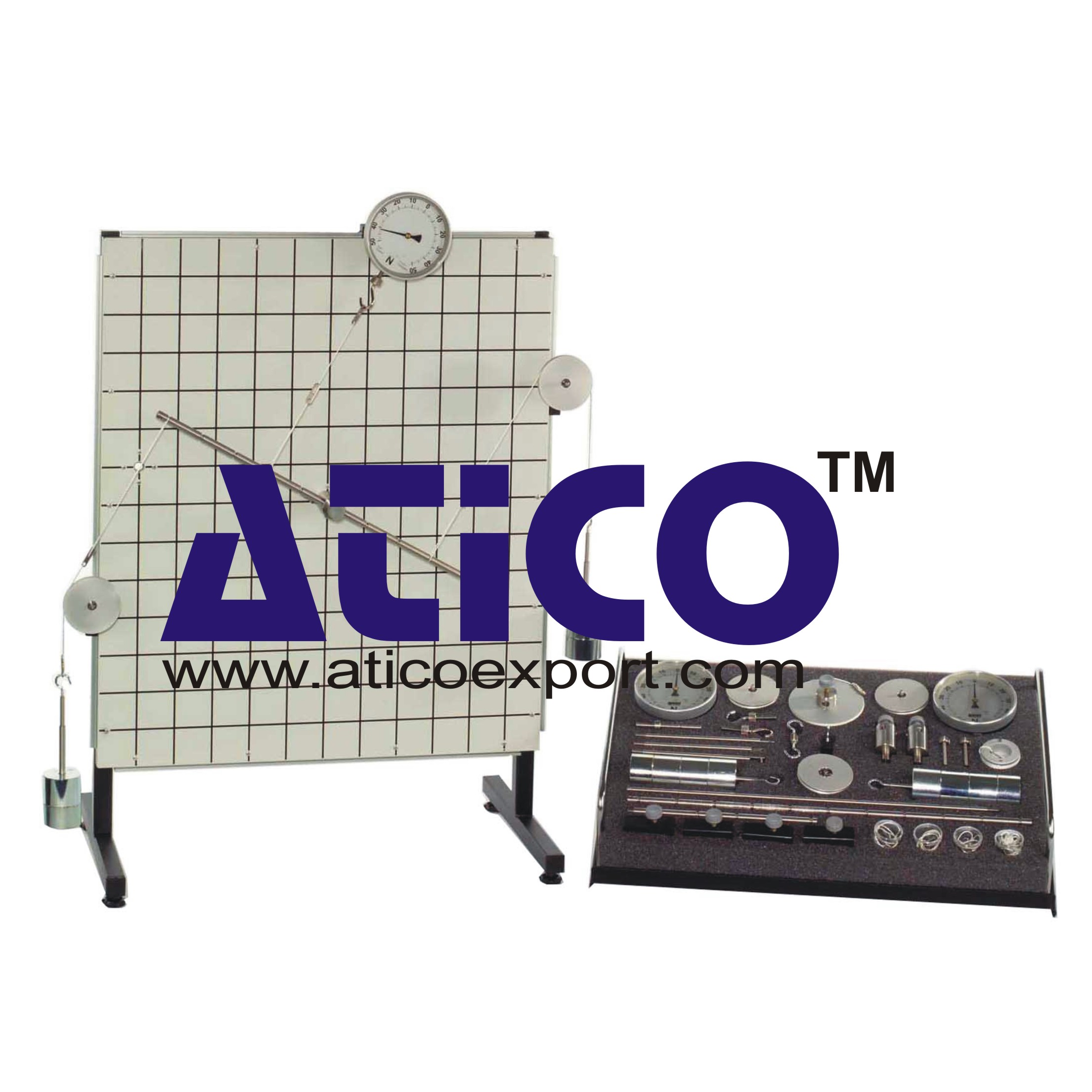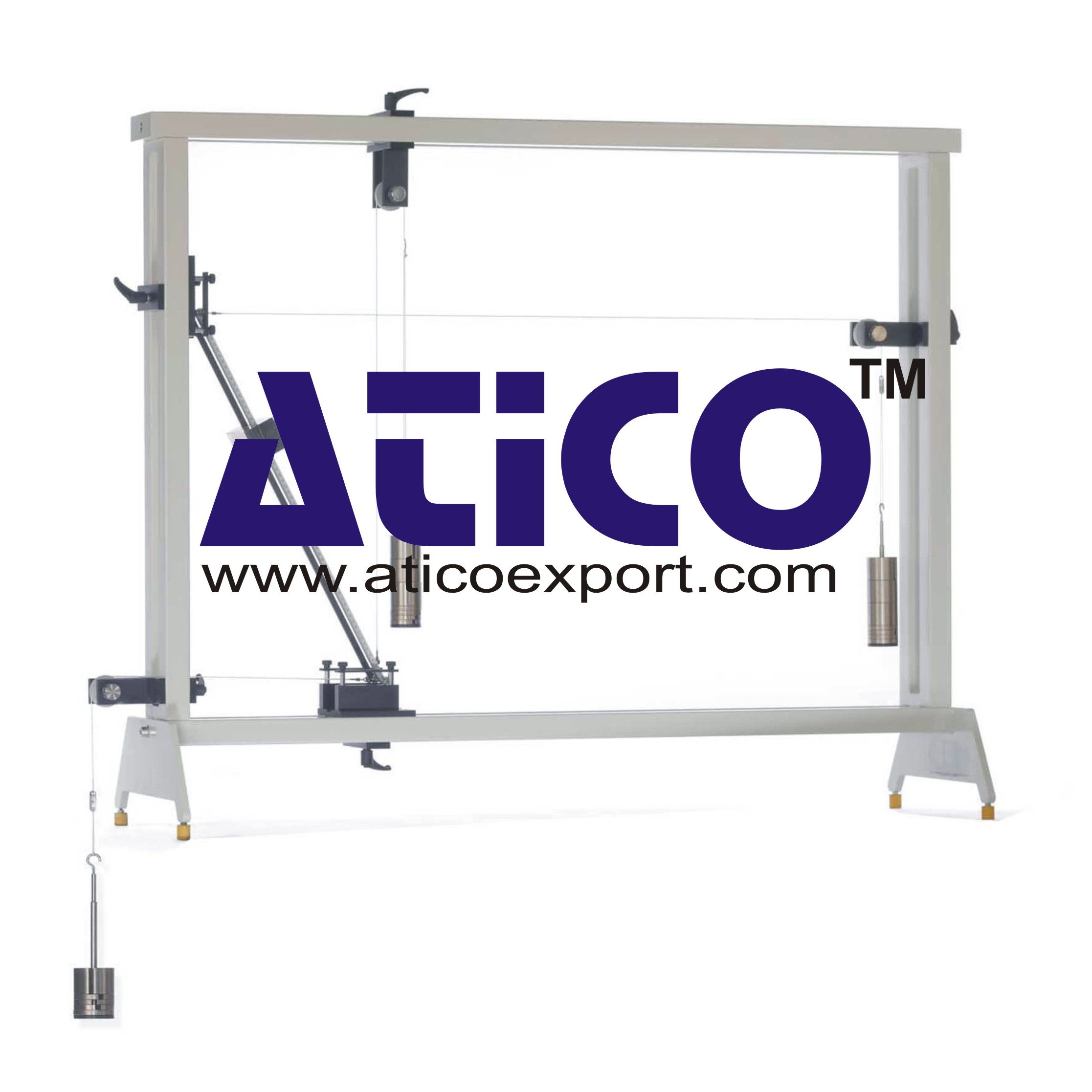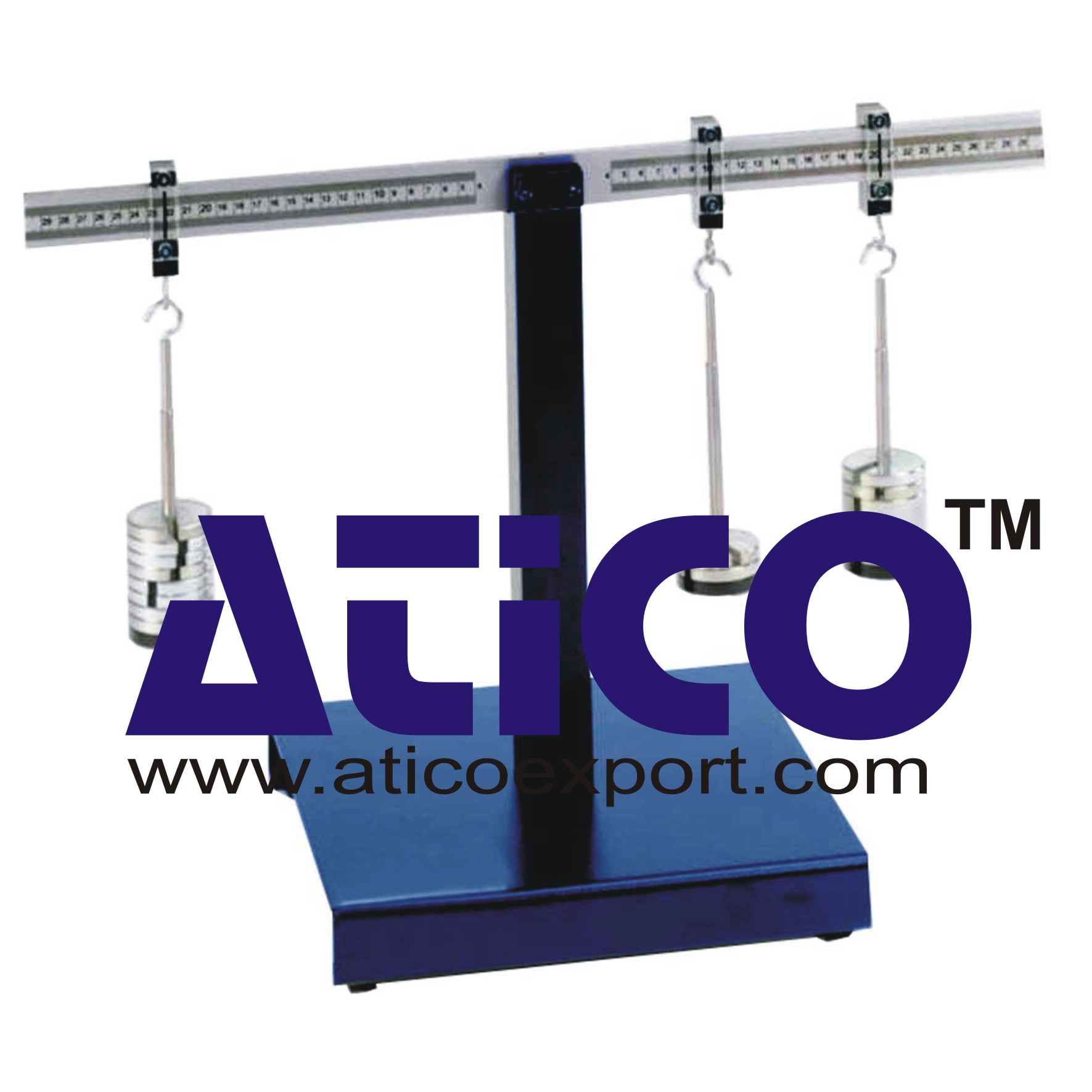Domestic Heating Circuit Training Panel
Categories: Engineering Lab EquipmentA pump circulates water through four radiators. The temperature of the radiators is set using thermostatic valves. A digital controller keeps the room temperature constant by driving the four-way mix...
Product
Description
A pump
circulates water through four radiators. The temperature of the radiators is
set using thermostatic valves.
A digital
controller keeps the room temperature constant by driving the four-way mixing
valve. This valve sets the temperature of the boiler return flow and the feed
flow. Cold water connections enable the heat generated to be dissipated. The
differential pressure across the pipe system is limited using a relief valve.
Temperatures can be read on bimetallic thermometers.
Learning
Objectives/Experiments
Familiarisation
with a central heating system and its components
Hydronic
balancing of radiators
Function and
operating behaviour of a circulating pump
Function and
operating behaviour of a heating controller
Function and
operating behaviour of a four-way mixing valve
Specification
Trainer for
heating engineering
Heating
controller with feedback of the feed flow temperature
Four-way mixing
valve DN 20
Circulating
pump
7 rotameters
4 plate heat
exchangers as radiators
5 bimetallic
thermometers
2 cold water
connections DN 15
2 water
connections for boiler DN 15
1 differential
pressure overflow valve
Technical Data
Pump
power
consumption: 60W
max. flow rate:
60L/min
max. head: 4m
Radiator
plate heat
exchanger with 8 plates
capacity: 3kW
Heating
controller with feedback of the feed flow temperature
inputs: 2
temperature sensors
Measuring
ranges
temperature:
0…100°C
flow rate:
4x 0…400L/h
1x 0…1000L/h
2x 150…1600L/h
230V, 50Hz, 1
phase
230V, 60Hz, 1
phase
quick overview :
A pump
circulates water through four radiators. The temperature of the radiators is
set using thermostatic valves.
A digital
controller keeps the room temperature constant by driving the four-way mixing
valve. This valve sets the temperature of the boiler return flow and the feed
flow. Cold water connections enable the heat generated to be dissipated. The
differential pressure across the pipe system is limited using a relief valve.
Temperatures can be read on bimetallic thermometers.
Learning
Objectives/Experiments
Familiarisation
with a central heating system and its components
Hydronic
balancing of radiators
Function and
operating behaviour of a circulating pump
Function and
operating behaviour of a heating controller
Function and
operating behaviour of a four-way mixing valve
Specification
Trainer for
heating engineering
Heating
controller with feedback of the feed flow temperature
Four-way mixing
valve DN 20
Circulating
pump
7 rotameters
4 plate heat
exchangers as radiators
5 bimetallic
thermometers
2 cold water
connections DN 15
2 water
connections for boiler DN 15
1 differential
pressure overflow valve
Technical Data
Pump
power
consumption: 60W
max. flow rate:
60L/min
max. head: 4m
Radiator
plate heat
exchanger with 8 plates
capacity: 3kW
Heating
controller with feedback of the feed flow temperature
inputs: 2
temperature sensors
Measuring
ranges
temperature:
0…100°C
flow rate:
4x 0…400L/h
1x 0…1000L/h
2x 150…1600L/h
230V, 50Hz, 1
phase
230V, 60Hz, 1
phase
Product
Reviews
add Review
reviews
No Review Yet.
Copyrights © 2025 All Rights Reserved by Atico














Product
Reviews
add Review
reviews
No Review Yet.